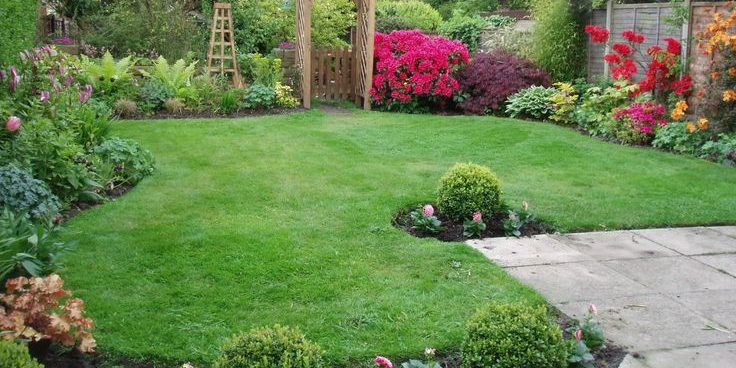It’s time to refresh your outside area and celebrate the season of rebirth as the brilliant hues of spring beckon. Pristine Connections, your trusted and best landscaping firm in McKinney, TX, can help you learn the secrets of getting your yard ready for the glorious blooms of spring. Let’s dig into some crucial spring landscaping advice to make sure your outdoor haven thrives, from vibrant blossoms to lush vegetation.
Table Of Content
Assessing Your Landscape
Evaluating Winter Damage
After months of frosty weather, your yard may bear the scars of winter’s chill. Take a comprehensive walk-through to assess any damage caused by freezing temperatures, heavy snowfall, or icy conditions. Look for signs of frost damage on plants, such as wilted foliage or discolored stems. Additionally, inspect your lawn for areas of compaction or waterlogging, which can hinder growth and drainage.
Soil Testing and Amendment
Before diving into spring planting, conduct a soil test to gauge its composition and nutrient levels. Soil pH, drainage capacity, and nutrient deficiencies can significantly impact plant health and growth. Based on the test results, amend the soil as needed with organic matter, compost, or targeted fertilizers to create an optimal growing environment for your plants.
Planning Your Landscape Design
Now is the perfect time to envision your ideal outdoor space and create a cohesive landscape design. Consider factors such as sunlight exposure, soil conditions, and water availability when selecting plant varieties and arranging hardscape features. Incorporate elements that add visual interest and functionality, such as flower beds, pathways, and seating areas, to maximize the beauty and usability of your yard.
Implementing Sustainable Practices
As stewards of the environment, embrace sustainable landscaping practices to minimize your ecological footprint and promote biodiversity. Choose native plant species that are well-adapted to the local climate and require minimal water and maintenance. Integrate drought-resistant plants and incorporate mulch to retain soil moisture and suppress weed growth naturally.
Preparing Your Garden Beds
Clearing Debris and Weeding
Start your spring landscaping endeavors by tidying up garden beds and removing accumulated debris and weeds. Clearing away dead foliage, fallen leaves, and other organic matter helps prevent disease spread and improves air circulation around plants. Be thorough in your weeding efforts to eliminate invasive species and create a clean slate for new growth.
Pruning and Trimming
Give your plants a fresh start by pruning and trimming away dead or overgrown branches, promoting healthy growth and shaping their appearance. Focus on removing damaged or diseased limbs, as well as crossing branches that may rub against each other and cause wounds. Use sharp, clean pruning tools to make precise cuts and minimize stress on plants.
Amending Garden Soil
Enrich garden soil with nutrient-rich compost or organic fertilizers to replenish essential nutrients and enhance soil structure. Incorporate amendments thoroughly into the top few inches of soil, ensuring even distribution and optimal root access. Healthy soil provides a solid foundation for robust plant growth and resilience against environmental stressors.
Final Wording
With these spring landscaping tips from Pristine Connections, your yard will blossom into a verdant sanctuary brimming with natural beauty and vitality. From assessing winter damage to nurturing garden beds, proactive planning and sustainable practices are key to achieving a thriving landscape. Embrace the transformative power of spring and let your outdoor oasis flourish with renewed vigor and splendor.
FAQ’s
It’s ideal to start spring landscaping preparations as soon as the weather begins to warm up and the threat of frost has passed. Typically, early spring is the perfect time to kickstart your landscaping projects.
Yes, it’s essential to clear away any remaining snow and ice from your yard before beginning spring landscaping tasks. This allows the ground to thaw and ensures a clean surface for planting and other activities.
Springtime can bring an increase in pest activity and the emergence of certain plant diseases. Keep an eye out for pests like aphids, and spider mites, and fungal diseases such as powdery mildew, and take proactive measures to address any issues.
You can add pops of seasonal color to your landscape by planting flowering annuals, hanging baskets, or window boxes. Consider choosing plants in complementary hues to create a cohesive and visually appealing display.







